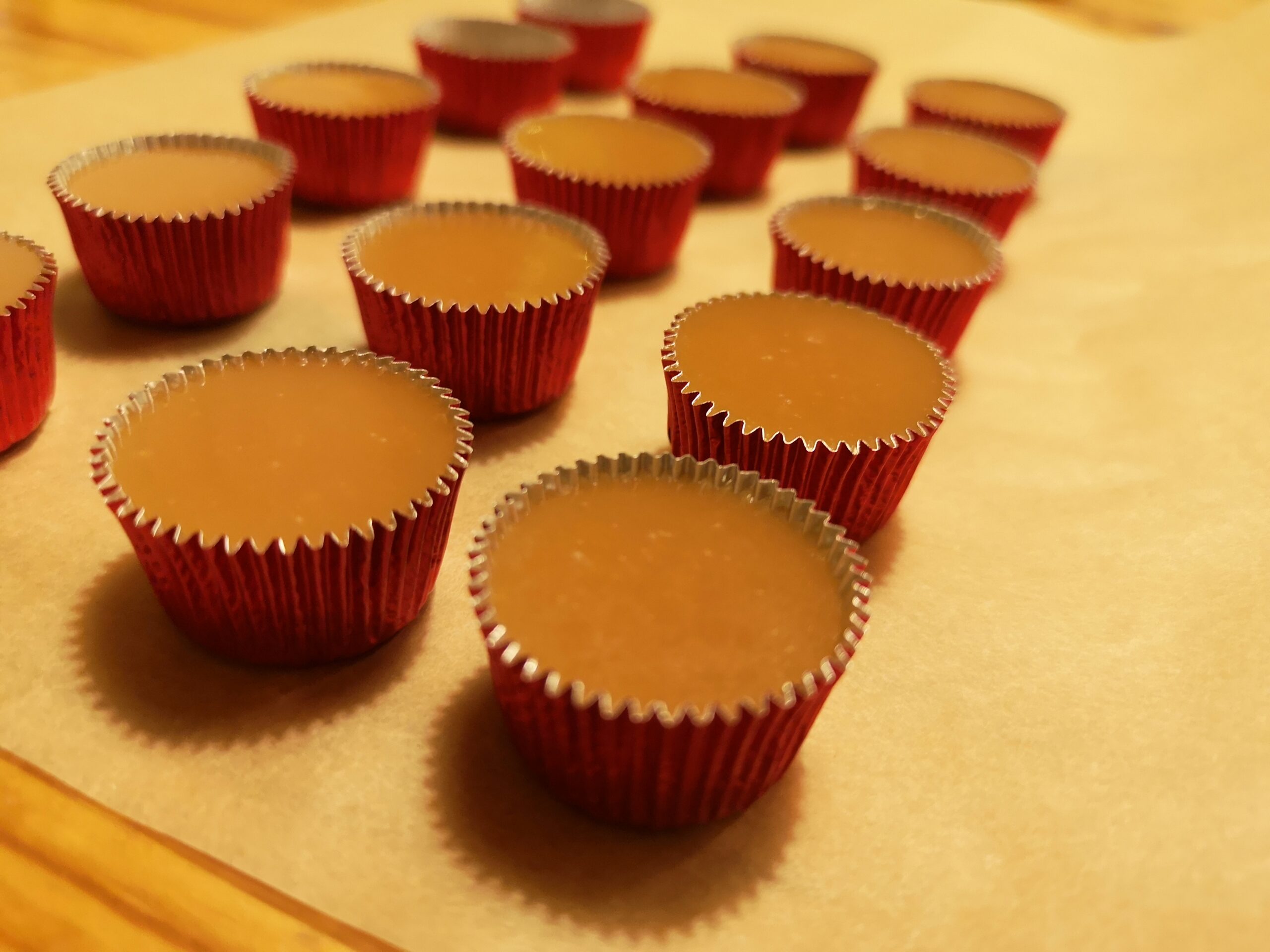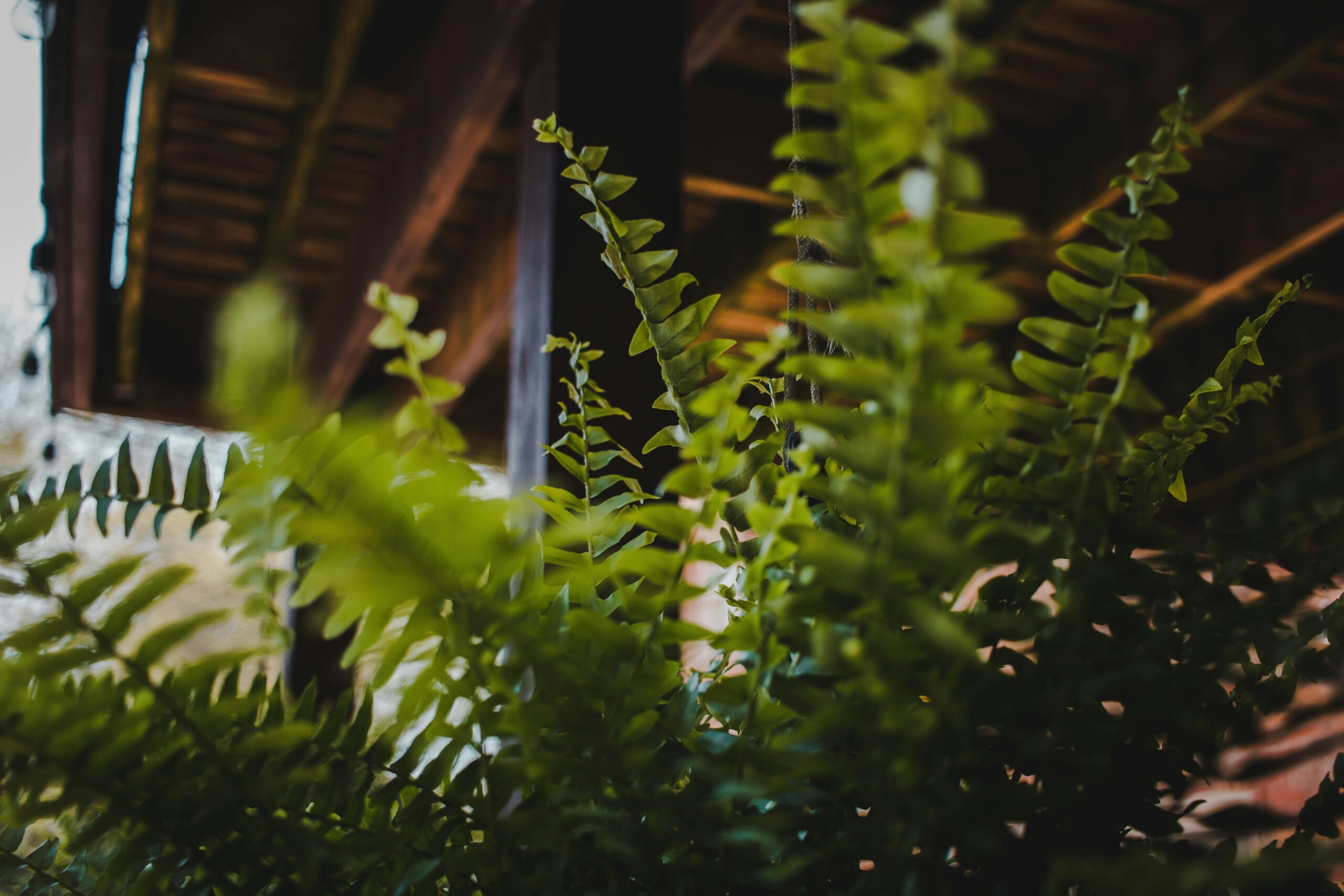Creating a pet-friendly home doesn’t mean sacrificing your love for indoor plants. With a variety of non-toxic options available, you can enjoy the beauty of greenery while ensuring the safety of your furry friends. This guide will help you explore the best pet-friendly house plants, their care requirements, and essential tips for maintaining a harmonious environment for both your pets and plants.
Pet friendly house plants are essential for households with cats and dogs. Many common indoor plants can be toxic to pets, leading to health issues that can range from mild gastrointestinal upset to severe reactions. By selecting non-toxic indoor plants, you not only enhance your living space but also provide a safe environment for your beloved animals. Additionally, pet-friendly plants can improve air quality and add a touch of nature to your home, making it more inviting and vibrant.
Top 15 Pet Friendly House Plants (With Photos & Quick Facts)
Here are 15 of the best pet-friendly house plants, all of which are safe for cats and dogs:
- Spider Plant (Chlorophytum comosum) Known for its arching leaves and air-purifying qualities, the Spider Plant is easy to care for and thrives in indirect sunlight.
- Bamboo Palm (Chamaedorea seifrizii) This tropical plant adds a lush look to any space and is excellent at filtering indoor air pollutants.
- Boston Fern (Nephrolepis exaltata) With its feathery fronds, the Boston Fern prefers humidity and indirect light, making it ideal for bathrooms or kitchens.
- Areca Palm (Dypsis lutescens) The Areca Palm is a popular indoor plant that can grow tall, providing a tropical feel while being safe for pets.
- Calathea (Calathea spp.) Known for its stunning leaf patterns, Calathea thrives in low light and requires consistent moisture.
- Ponytail Palm (Beaucarnea recurvata) This unique plant is drought-tolerant and prefers bright, indirect light, making it a low-maintenance option.
- Parlor Palm (Chamaedorea elegans) A classic choice for indoor decor, the Parlor Palm grows well in low light and is easy to care for.
- Christmas Cactus (Schlumbergera spp.) This flowering plant is not only safe for pets but also blooms beautifully during the holiday season.
- Friendship Plant (Pilea involucrata) With its unique textured leaves, the Friendship Plant enjoys bright, indirect light and consistent watering.
- Cast Iron Plant (Aspidistra elatior) True to its name, this hardy plant can withstand neglect and low light, making it perfect for busy pet owners.
- Prayer Plant (Maranta leuconeura) Known for its striking leaf patterns, the Prayer Plant prefers indirect light and high humidity.
- Money Tree (Pachira aquatica) Believed to bring good luck, the Money Tree is safe for pets and thrives in bright, indirect sunlight.
- Peperomia (Peperomia spp.) This diverse group of plants is easy to care for and comes in various shapes and colors, all safe for pets.
- Calamondin Orange Tree (Citrus mitis) This small citrus tree is not only pet-friendly but also produces fragrant flowers and edible fruit.
- Haworthia (Haworthia spp.) This succulent is perfect for beginners, requiring minimal water and bright light, and is safe for pets.
How to Choose the Right Pet Safe Plant for Your Home
Selecting the right pet-friendly plants involves considering your home environment and your pets’ behavior. Here are some key factors to guide your choices:
Assess Light Conditions
Different plants have varying light requirements. Assess your space to determine whether it receives:
- Bright, indirect light: Ideal for most tropical plants.
- Low light: Suitable for plants like the Snake Plant and ZZ Plant.
- Direct sunlight: Perfect for succulents and cacti.
Consider Your Pet’s Behavior
Some pets are more curious than others. If your pet tends to chew on plants, opt for those that are less appealing, such as:
- Plants with thicker, tougher leaves (e.g., succulents).
- Plants with a strong scent (e.g., herbs like rosemary).
Space and Size
Consider the size of your home and the space available for plants. Larger plants can be impressive focal points, while smaller plants can fit well on shelves or tabletops.
Essential Tools & Supplies for Pet Friendly Plant Care
To maintain healthy pet-friendly plants, having the right tools is essential. Here’s a list of must-have supplies:
- Quality Potting Soil: Look for organic potting mixes that support drainage and aeration.
- Watering Can: A small, easy-to-handle can helps prevent overwatering.
- Pruning Shears: Useful for trimming dead leaves and promoting healthy growth.
- Plant Fertilizer: Choose a balanced, organic fertilizer for indoor plants.
- Humidity Tray: Helps maintain moisture levels for humidity-loving plants.
- Plant Labels: Useful for keeping track of plant names and care instructions.
Step-by-Step Care Instructions for Pet-Friendly House Plants
Proper care ensures your plants thrive. Follow these guidelines for soil, light, and water needs:
Soil Requirements
Use well-draining potting soil to prevent root rot. For most indoor plants, a mix of:
- Peat moss or coconut coir
- Perlite or pumice for drainage
- Compost for nutrients
Light Needs
Monitor your plants for signs of light stress:
- Too little light: Yellowing leaves, slow growth.
- Too much light: Leaf burn, faded colors.
Watering Guidelines
Water plants thoroughly but allow the top inch of soil to dry out between waterings. Adjust the frequency based on:
- Humidity levels
- Seasonal changes (more frequent in summer)
- Plant size and type
Seasonal Plant Care Checklist
Regularly adjusting care based on the season can help your plants thrive:
Spring
- Repot plants if they have outgrown their containers.
- Increase watering as growth resumes.
- Fertilize with a balanced fertilizer.
Summer
- Monitor for pests more frequently.
- Provide extra humidity for tropical plants.
- Rotate pots for even light exposure.
Fall
- Reduce watering as growth slows down.
- Check for diseases and pests before winter.
- Begin to acclimate plants to lower light levels.
Winter
- Limit watering to prevent root rot.
- Keep plants in a warm area away from drafts.
- Dust leaves to enhance photosynthesis.
Common Problems & Troubleshooting (Pests, Disease, Pet Chewing)
Even pet-friendly plants can face issues. Here’s how to troubleshoot common problems:
Pest Management
Common pests include:
- Spider Mites: Look for webbing; treat with insecticidal soap.
- Aphids: Remove by hand or spray with a strong water stream.
- Mealybugs: Wipe off with a cotton swab dipped in alcohol.
Disease Prevention
Watch for signs of disease:
- Root Rot: Caused by overwatering; remove affected plants and allow roots to dry.
- Leaf Spot: Remove affected leaves and reduce humidity.
Pet Chewing
If your pet is prone to chewing on plants, consider:
- Using deterrent sprays that are safe for pets.
- Providing alternative chew toys or safe plants for them to nibble on.
Safety Tips: Keeping Pets and Plants Happy Together
Maintaining a safe environment for both pets and plants requires vigilance. Here are some practical tips:
- Place plants out of reach if your pet tends to chew.
- Regularly inspect plants for signs of damage or pests.
- Educate your pets about which plants are off-limits by redirecting their behavior.
- Opt for hanging planters or wall-mounted shelves to keep plants elevated.
By following these guidelines, you can create a beautiful, pet-friendly indoor garden that both you and your furry companions can enjoy. Remember, the right selection of plants, proper care, and safety measures will ensure a harmonious living space.

